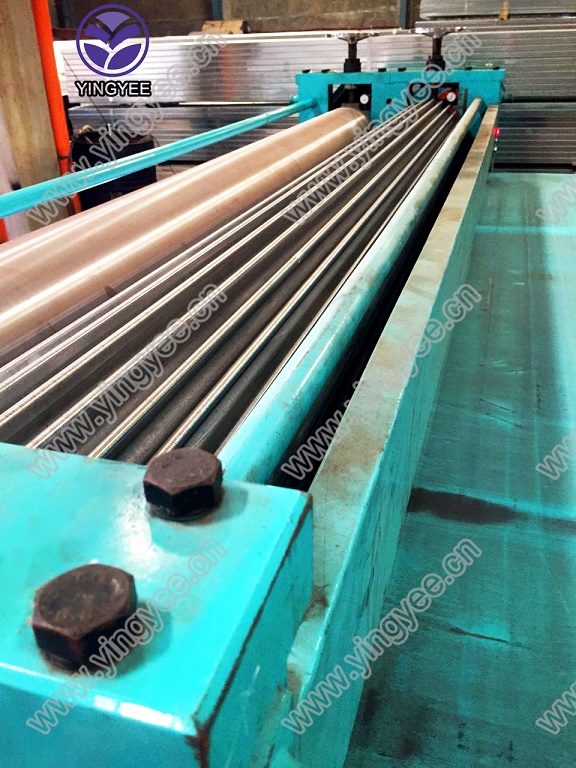
The Art and Science of Tile Making Machines
Tile making machines have revolutionized the construction and home design industries, bridging the gap between traditional craftsmanship and modern manufacturing techniques. As demand for high-quality tiles continues to rise, so does the technology behind these machines. This article explores the various aspects of tile making machines, their functionalities, and their impact on the industry.
Understanding Tile Making Machines
Tile making machines are specialized equipment designed to produce various types of tiles, including ceramic, porcelain, and even glass tiles. These machines range from simple manual models to complex automatic systems capable of producing thousands of tiles per hour. The choice of machine often depends on the scale of production, the type of tiles being manufactured, and budget considerations.
Types of Tile Making Machines
1. Manual Tile Making Machines These machines are typically used by artisans and small-scale producers. They require human intervention for most processes, including mixing materials, shaping tiles, and curing. Manual machines are often favored for their low cost and the unique textures and designs they can create.
2. Semi-Automatic Tile Making Machines Combining both manual and automatic processes, semi-automatic machines help streamline tile production while still allowing for some degree of customization. They usually handle the pressing and drying stages automatically, making them more efficient than manual machines.
3. Fully Automatic Tile Making Machines These sophisticated machines use advanced technologies like robotics and computer numeric control (CNC) to automate the entire production process. They can handle mixing, shaping, firing, and even packaging, ensuring consistent quality and high output. Fully automatic machines are ideal for large-scale manufacturers who need to meet high demands for uniform tiles.
Key Components of Tile Making Machines
To understand how tile making machines work, it’s essential to look at their main components
- Mixer This component blends raw materials, such as clay, water, and additives, to create a homogenous mixture. Quality mixing ensures the final product's durability and aesthetics. - Press The molding stage involves using pressure to shape the mixed material into tiles. Hydraulic or mechanical presses are commonly used in this process, allowing manufacturers to create a variety of tile shapes and sizes.

- Drying Equipment After pressing, tiles must be dried to remove excess moisture. This step is crucial to prevent cracking during the firing process. Dryers can be traditional or advanced tunnel dryers for faster results.
- Kiln The kiln is a necessary component for firing the tiles, which hardens them and enhances their properties. The temperature and duration of firing depend on the type of tile being produced.
- Glazing System Many tiles are glazed to achieve a glossy finish and provide additional protection. Automated glazing systems ensure a uniform coating over the tiles.
Environmental Considerations
As the tile industry grows, so do concerns about its environmental impact. Tile making machines can be designed with eco-friendliness in mind, incorporating features that reduce energy consumption and waste. Innovations such as recycling systems for dust and scrap materials and utilizing natural gas or solar energy can make tile production more sustainable.
The Future of Tile Making Machines
The tile making industry is on the cusp of significant changes driven by technological advancements. The integration of artificial intelligence (AI) and the Internet of Things (IoT) is expected to enhance efficiency, with machines becoming smarter and more responsive to market demands. Predictive maintenance, enabled by IoT devices, will reduce downtime and enhance productivity.
Additionally, consumer preferences are shifting toward customizable and unique designs. Tile making machines must adapt to allow for more personalization, enabling manufacturers to cater to niche markets.
Conclusion
Tile making machines embody the fusion of art and technology, enabling efficient production while maintaining a high standard of quality. As innovations reshape the industry, the significance of these machines will only grow. Understanding their functions and advancements can inspire both manufacturers and consumers to appreciate the craftsmanship involved in tile production, leading to a more informed and engaged marketplace. Whether for aesthetic appeal or practical application, tile making machines will continue to play a vital role in transforming the spaces we inhabit.